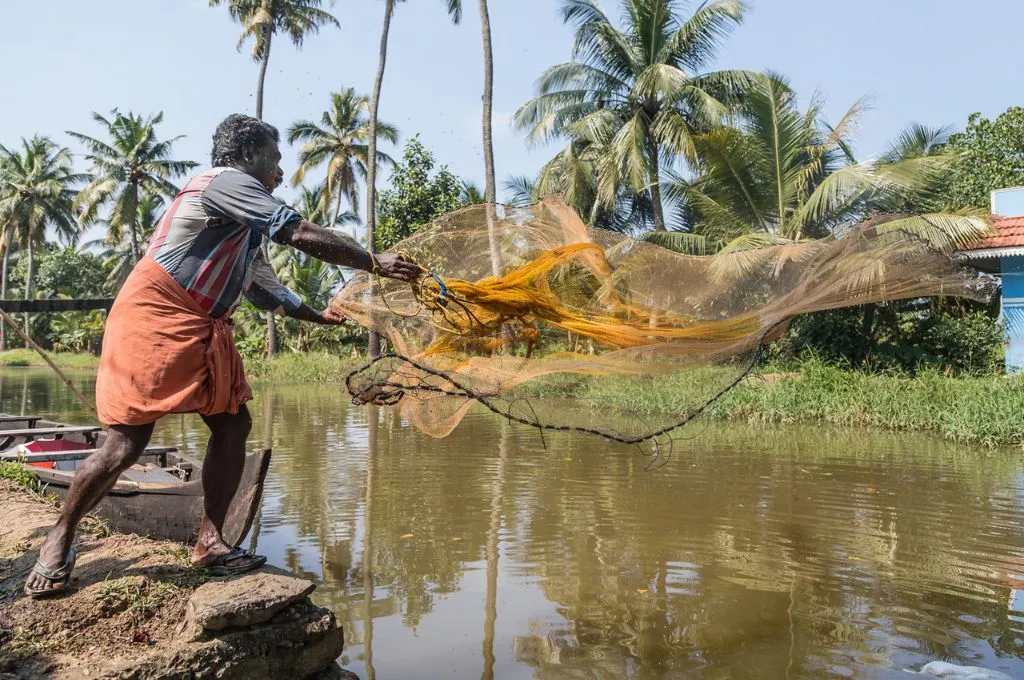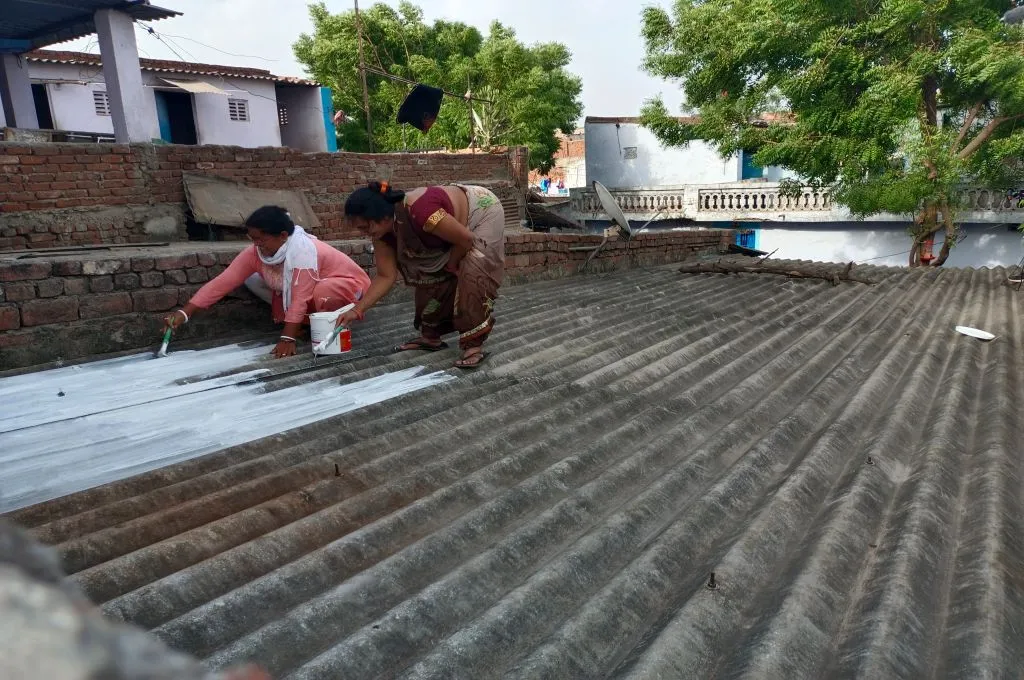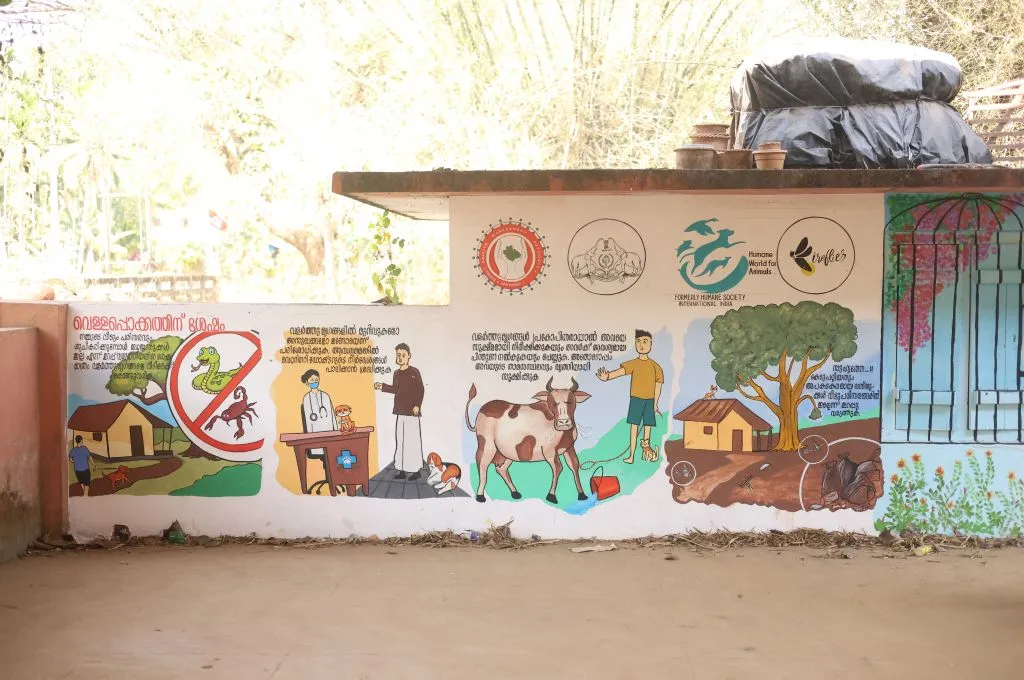The ability of a public health facility to serve its community well rests on several determinants: the range of its services, the size and skills of its medical staff, the effectiveness of the equipment, and the quality of its infrastructure. What is often overlooked, however, is a vital resource that underpins all of these—a steady and reliable supply of electricity.
Electricity is the lifeblood of a public health centre, supporting it in ways both obvious and unseen. It powers the equipment used in diagnosis, treatment, and immunisation (vaccine refrigerators, X-ray machines, baby warmers, sterilisers, and centrifuges), and keeps the centre’s basic utilities such as lighting, cooling, heating, and communications systems running. In addition, it powers the homes of staff living on the premises, securing both their safety and comfort.
Creating resilient energy systems for public health
A facility with an uncertain electricity supply is compromised in its ability to extend routine and emergency healthcare to local communities. Urban clinics typically enjoy a steadier supply of electricity than rural ones, but the farther a rural clinic is from gridlines, the greater its dependence on alternative energy sources such as diesel gensets. Facilities that lack electricity fall short of basic medical equipment and tend to be understaffed. A recent report published by WHO, IRENA, World Bank, and SEforALL estimates that approximately one-eighth of the global population is served by healthcare facilities that have no, or unreliable, electricity supply.

It is not the reliability of power alone that poses a problem for last-mile healthcare delivery, but the quality of it too. Even with uninterrupted supply, fluctuating voltage can damage highly sensitive medical appliances. Immunisation suffers as well, for when cold chains and cold storage facilities are disrupted, temperature-controlled vaccines are rendered ineffective. These vaccines must then be discarded, which causes wastage and delay in time-sensitive vaccination programmes.
In the past decade, the central and state governments in India have made several efforts to strengthen both the energy and public health system infrastructure in the country. However, mounting challenges posed by disruptive climate events put the energy infrastructure at risk and often compromise transportation infrastructure as well. This makes it difficult to maintain and rectify power lines, which can in turn impact health centres.
The smooth functioning of health facilities like sub-centres (SCs) and primary health centres (PHCs) is critical—especially when extreme weather events and disasters such as landslides, floods, and intense heatwaves occur—because these centres serve as the first point of care and relief to local communities. Each facility caters to 6,000–30,000 people and is often the only medical resource that families—especially those from low-income communities—can rely on.
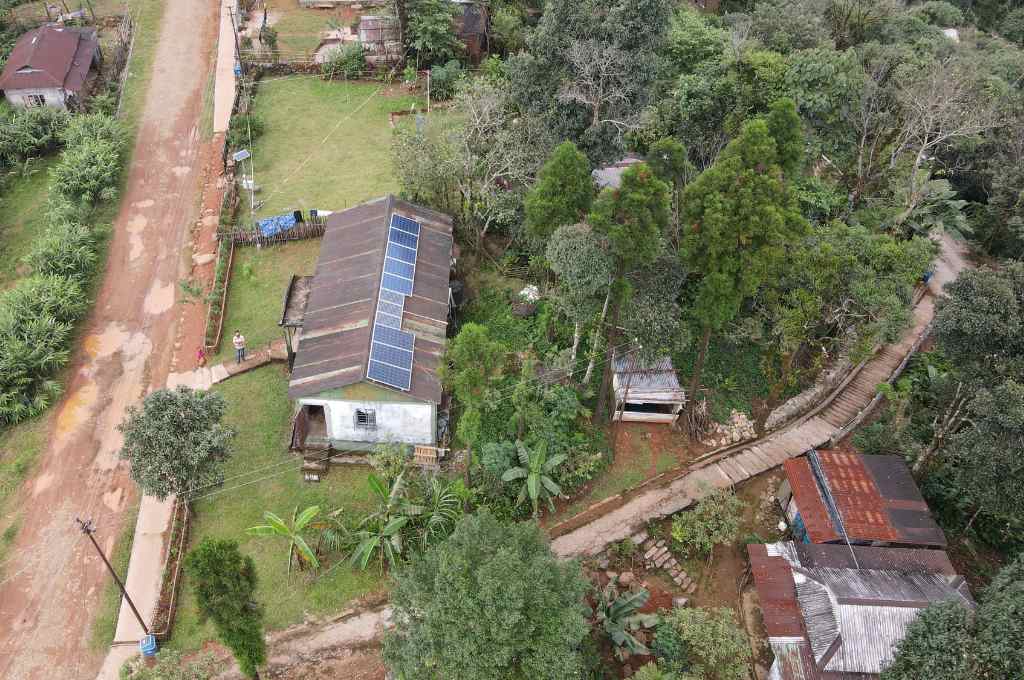
What it costs
The sudden disruption of electricity access or uneven power supply drives up costs for a health facility, requiring it to purchase inverters and gensets and maintain a steady supply of diesel. This necessitates frequent and lengthy travel. It also compels healthcare centres to bear the additional burden of replacement and repair of equipment damaged due to voltage fluctuation—a difficult proposition in far-flung places.
On top of these are the social costs. When services are stalled, patients may be asked to wait or return later and even then, there is no guarantee that they’ll be provided what they need, even if it is a simple scan. In such cases, they end up travelling to block or district hospitals, forfeiting the day’s wages and spending more to treat something that could have been diagnosed earlier, when the health concern perhaps posed a lower risk.

In addition to failing to deliver basic services, poor power supply may prevent healthcare facilities from adding new services, especially when the equipment associated with such services is energy dependent.
Energy assurance is, therefore, one of the key ways to strengthen community healthcare delivery. Designing reliable and resilient energy systems for health facilities will help them function without interruption and ensure basic healthcare for all. The best guarantor of this is the solar decentralised renewable energy (DRE) system—a source of clean, sustainable, and inexpensive power.
The DRE solution in public healthcare
Once costly and riddled with supply-chain bottlenecks, today, solar (photovoltaic) systems are cheaper and easier to set up and maintain than other DRE systems such as micro-hydro and mini-wind, making them the obvious answer to public healthcare’s power problems.
As part of the Energy for Health initiative, we at SELCO Foundation have designed solar-powered systems that range from 1 kilowatt peak (kWp) to 30 kWp and can work independent of the grid. A health centre will still have power in cloudy weather thanks to a battery unit that can sustain it for three days. Thereafter, the centre can draw power from the utility via a provision in the inverter, until the skies clear up. Depending on the size of the operation, the terrain, local weather conditions, and irradiance, a system is designed to power 100 percent of the facility’s critical load.
That’s the last thing you want during a disaster—for a health centre to fail.
It is vital to factor in the area’s climate, both present and projected, when mounting a decentralised solar system. The disproportionately crippling impact of climate change on marginalised communities—particularly those living in remote and underdeveloped areas—is an acknowledged fact. It’s all the more essential, therefore, to bolster public healthcare facilities in these regions and make them climate-resilient and future-ready. Doing so will not only prepare PHCs to withstand unpredictable weather themselves but will also enable them to serve the healthcare needs of communities affected by extreme weather events.
Designing DRE systems for extreme weather is one of the key lessons learned during our pilot programme in 2021–22, when we set up solar systems at 2,000 public health facilities across four states. We learned these lessons the hard way. For example, although we worked with local partners, we had not accounted for extreme lightning conditions in parts of Meghalaya. As a result, almost half of the 30 or 40 clean energy systems deployed there stopped working after a single lightning strike that caused the invertors to burn out; we later installed lightning protectors on the invertors.
So it’s important to design and install DRE systems keeping local disaster indicators in mind, whether earthquakes, cyclones, or floods. In states prone to cyclones, such as Odisha, DRE systems had to be designed for high wind speeds. In flood-prone areas such as Lower Assam, batteries had to be elevated to protect them from damage from the rising water level. Once damaged, the batteries would bring down the whole DRE system, and that’s the last thing you want during a disaster—for a health centre to fail!
Who owns the DRE system?
As with the public healthcare facility itself, the DRE system should be owned, operated, and maintained by the state health department. Only when the health department becomes a driver for this model will it work efficiently. This involves assigning funds for installation and for operation and maintenance (O&M). Budgets for O&M, system modification, and upgradation can be obtained from various health funds, including at the panchayat and district level, and the untied funds allocated to every health centre.
The government is committed to transforming public health centres into climate-resilient, sustainable units. To this end, in April 2023, the Ministry of Health and Family Welfare sent out a circular to 12 states confirming targets and contribution towards clean energy assets for health centres. Whether it’s panels, batteries, or charge controllers, there can now be a line item for clean energy components in the Programme Implementation Plan (the annual health budget created at the state level and forwarded to the central ministry).
From our own experience with the Energy for Health Initiative, solarising a small SC costs INR 1–3 lakh, while a PHC costs INR 5–8 lakh. The outlay varies, depending on whether the centre has diagnostic and immunisation facilities, and delivery rooms for maternal and child care.
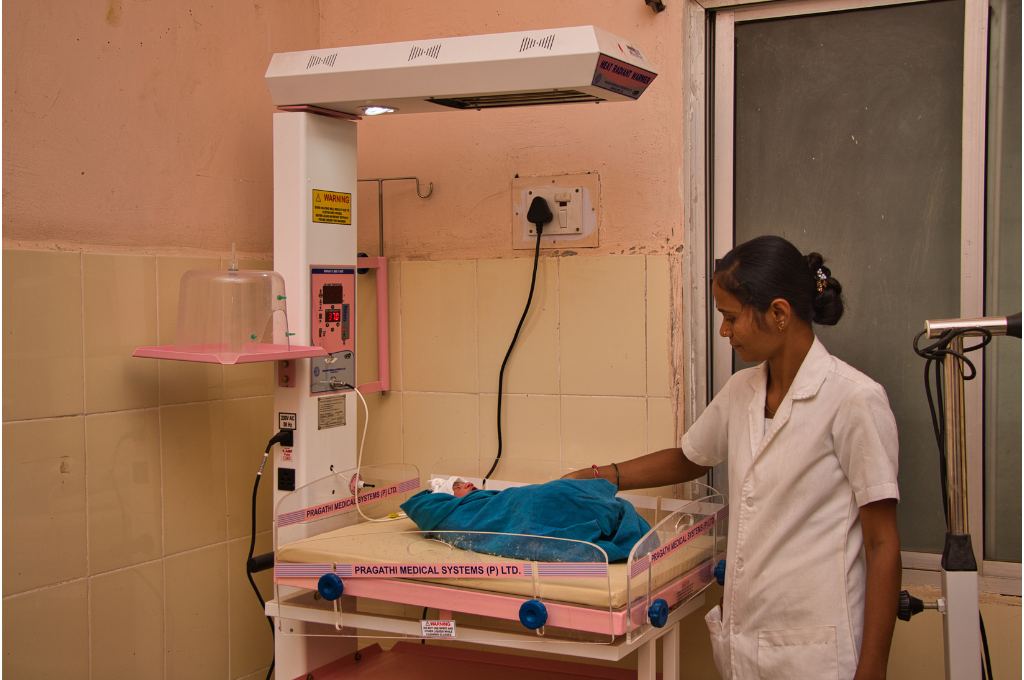
A DRE system alone isn’t enough
While renewable energy can help deliver the healthcare goods, it is no magic pill. The public healthcare system is the sum of several parts, and energy can only catalyse or strengthen them; it cannot single-handedly transform healthcare metrics. In certain health centres, for example, despite installing high-quality DRE systems, patient footfall remains unchanged. Here are the additional components that contribute to a sustainable healthcare solution:
- Energy-efficient appliances: The healthcare sector—largely fossil-fuel based—accounts for 5–8 percent of global energy consumption and contributes 4–5 percent of total greenhouse gas emissions. While renewable energy will help reduce the sector’s carbon footprint, it is not enough. A comprehensive energy-efficient solution needs energy-efficient equipment to be fully sustainable.
The Indian Public Health Standards (IPHS) decree what equipment different types of health facilities should have. Some of these devices, such as X-Ray machines and CT scanners, are energy guzzlers. A single autoclave (or steriliser) consumes energy equivalent to the lighting needs of 24 rural households; an average radiology department consumes energy equivalent to the annual consumption of 852 people in a town. Innovation is urgently needed to make these devices more energy-efficient; this can reduce the energy cost of a healthcare centre by 60–90 percent.
But innovation is not happening at the required pace. R&D initiatives for medical equipment need to prioritise energy efficiency, and high-risk R&D capital needs to be diverted towards small and medium enterprises and start-ups working on sustainable medical technologies. Public procurement can also start benchmarking and featuring higher efficiency specifications in MedTech to incentivise the industry.
- Energy-efficient buildings: When we talk about clean energy for a healthcare facility, it has to be a combination of energy input, energy efficiency, and building design. When you look at optimising energy from a long-term perspective, all three parameters play a significant role. Green building design optimises heating and cooling solutions such that energy costs decline. Rising heat stress, for one, has made clinic and hospital conditions unbearable for both staff and patients. Doctors find it hard to operate in facilities that lack proper cooling and ventilation, and patients, especially in maternity wards, suffer from dehydration and diarrhoea in peak summer months.
At Yellapur Taluk Hospital in North Karnataka, a model labour and delivery unit improved its overall efficiency by integrating built environment design with energy-efficient equipment and a solar system. The techniques used included thermally insulating the roof with brickbat coba (a traditional brick-based waterproofing method) and installing adequate shading to keep the unit cool and sufficient windows to let in sunlight. The upshot: increased patient comfort and significantly lower energy bills.
Closing the gaps
When all the parameters are in place—skilled staff, energy-efficient equipment, sustainable infrastructure—reliable and clean energy can accelerate the type and range of services offered. It’s important therefore to identify ecosystem gaps and find ways to close them.
Made more resilient and reliable with solar power, these facilities have witnessed improved ease and increased efficiency of health staff as well.
For example, when Ramkumar S, director of the National Health Mission, Meghalaya, wanted to scale up the state’s immunisation programme, we used clean energy to strengthen the immunisation cold chain to complement the state’s efforts at delivering vaccines and training midwives and auxiliary nurses. The programme could then be ramped up in a sustainable and effective manner.
The benefits of solarising health centres are stacking up everywhere. At a community health centre in Churachandpur, Manipur, the vaccine cold chain was strengthened with an energy-efficient ice-lined refrigerator and deep freezers, which enabled it to swiftly meet its immunisation targets. In Karnataka’s Raichur district, PHCs have been able to improve institutional deliveries by ramping up delivery units and human resources. Made more resilient and reliable with solar power, these facilities have witnessed improved ease and increased efficiency of health staff as well.
A secondary benefit of DRE systems is the employment and entrepreneurial opportunities they set up. Local last-mile clean energy enterprises that work on installation, servicing, and maintenance for a health facility can just as easily service solar-powered schools, households, and panchayat buildings, equipped as they are with the supply chain and trained workforce.
At the same time, start-ups working on innovative medical devices and green building technologies also gain from their participation in the clean healthcare ecosystem, their growth assured by the projected growth of the sector itself. Programmes like Energy for Health offer them a foot in the door with state governments, and such partnerships enable them to scale up their technologies and scope out new opportunities.
Paving the way
India’s initiative to power public health centres via decentralised solar energy has become a test bed for programme design and processes. The assessments, system design, installation, and operations and maintenance models piloted here are relevant for a range of climatic and socio-economic contexts across the globe. Moreover, by dovetailing renewable energy with green building design and energy-efficient technology, we’re attempting to build a holistic and sustainable model of public healthcare that places both local community needs and planetary boundaries at the heart of the plan.
—
Know more
- Read this article to learn about some steps the government needs to take to build a high-quality public healthcare system.
- Learn about this UN Women programme that aims to make policy-making and entrepreneurship around sustainable energy more gender inclusive.
- Read this article on the need to prepare our healthcare systems for the tide of illnesses that climate change may usher in.



